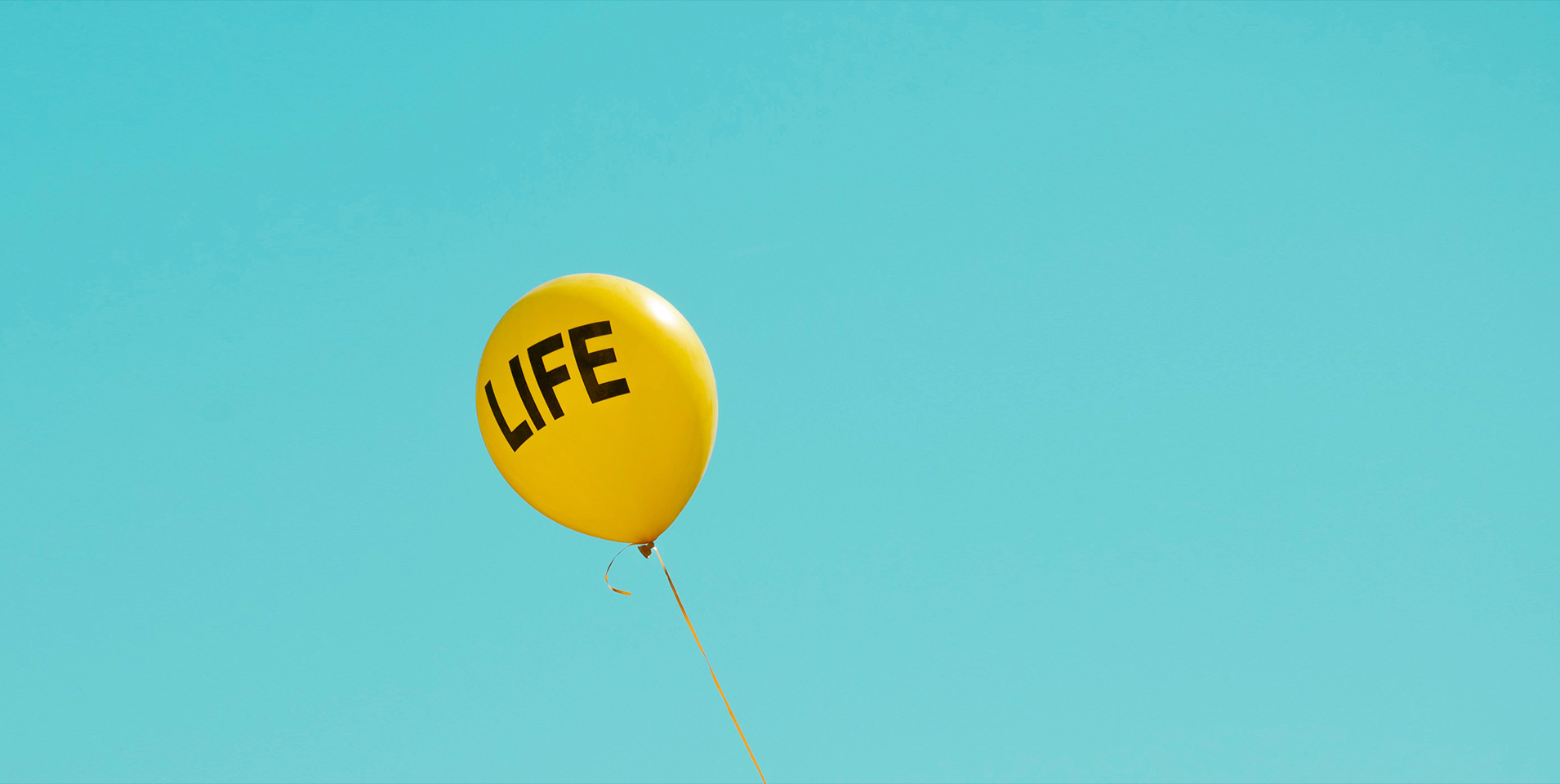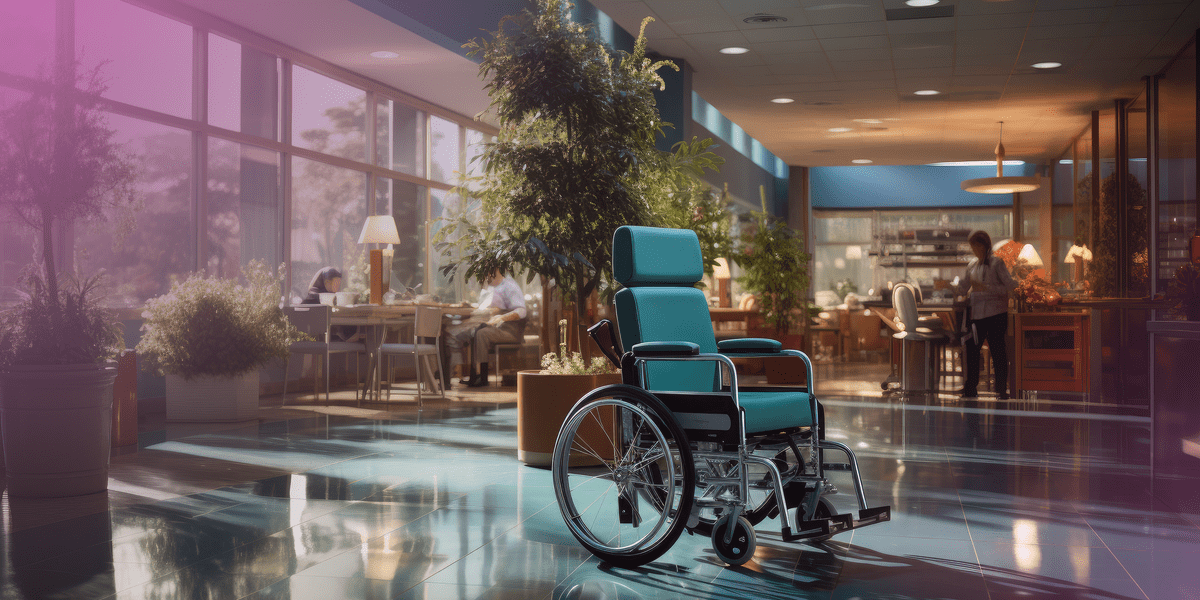
Over recent months we’ve been working with some truly inspiring organisations to deliver resources, brands and campaigns that apply optimism in design and are brimming with positivity.
From championing the true value of food and fostering mentally healthy workplaces to ensuring kids are safe in work and play and making renewable energy affordable to more people and businesses.
We look forward to sharing these in due course, but, in the meantime, let us share with you a few pages from the design happiness handbook!
From visual design, to materials, mechanics, interaction and experience, design provides us with many tools for viscerally evoking powerful and positive emotional responses. Here are three, and why they work.
Colour
The connection between colour and mood is one that most of us know from lived experience. Scientists have been captivated by the mood altering or enhancing power of colour for centuries. In 1875, Ponza was using coloured glass to filter light into rooms with research participants, attempting to arouse appetite, or to soothe anxiety and frustration. In the 1940s Goldstein experimented with the impact of colour on the pathology of chronic diseases like Parkinsons.
The aptly named Richard Kuller demonstrated that the physiological impact of colour passes beyond the ‘outer brain’ to the central nervous system. Long wavelength colours (like red) pique levels of stimulation, whereas shorter wavelength colours (like blue) lead to lower response, a lack of stimulus, reduced muscle tension, nervousness or confusion.
We feel colour, before we think colour. A strategic application of colour cues can effectively prime an audience for a particular behaviour or response, ensuring that communication is more resonant, memorable and effective.
Imagery
Our brains process images 60,000 times faster than written language, and 90% of all information transmitted to the brain is visual. Images are the ultimate conduit for symbol and meaning when it comes to communication. You can read more on this in this previous article on the power of images, suffice to say that, by using photography or illustration to support our verbal content, we can turn a trickle into a pipeline of meaning.
As relates to positive emotions, we use mimicry as an unconscious tool to process and express empathy. In simple terms, we see someone smiling, we can’t help but smile as a reflex response. When this happens our bodies release endorphins, serotonin, and dopamine. We see positive, we feel positive. Positivity is contagious, even when visually communicated through images.
Using photography or illustration that depicts expression of positive emotions, confident and optimistic body language drives a tangible uplift and positive physiological impact in the viewer.
Typography
We often refer to fonts as the ‘clothes that words wear’. What kind of haircut would Times New Roman have? Does Comic Sans wear shorts and thongs? The medium is very much the message.
A study by Wichita State University (2006) asked a sample of more than 500 participants about their perceptions of 20 common fonts, including appropriate uses and personality traits embodied by each. Perhaps unsurprisingly, serif fonts were consistently considered ‘trustworthy’ and ‘stable’, sans serifs we ‘everyman, and neutral’, script and handwritten fonts were ‘fun and creative’.
A 2014 cognitive fluency study (within an antenatal care context), revealed that the perceived ease of reading (in part through visual presentation) of a document, directly affected the emotional response to the content. Something that felt ‘hard to read’, also felt ‘hard to do’. Experience tells us that the inverse also true.
Typography and layout can powerfully connote positive personality traits, and ensure that the experience of readers and audiences feels easy and enjoyable. Both of which create the conditions to inform, inspire and drive action.

